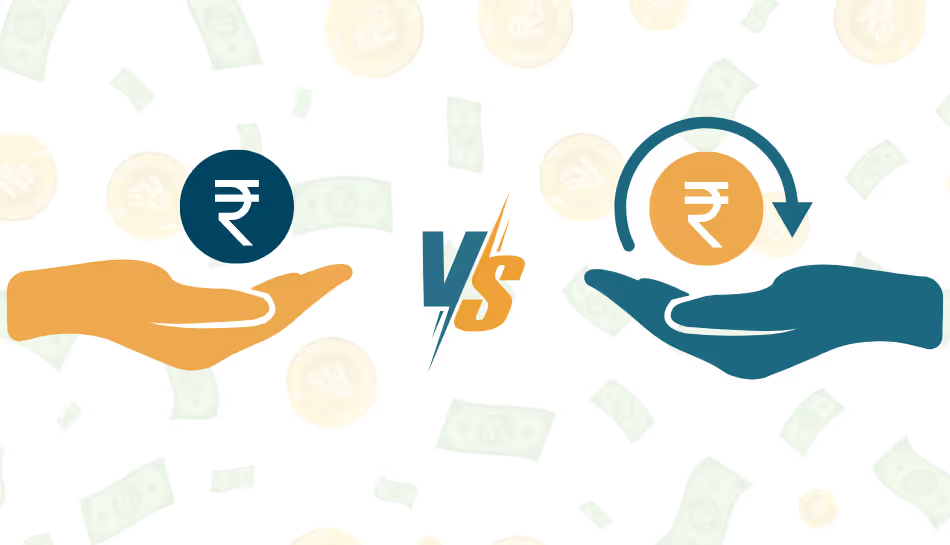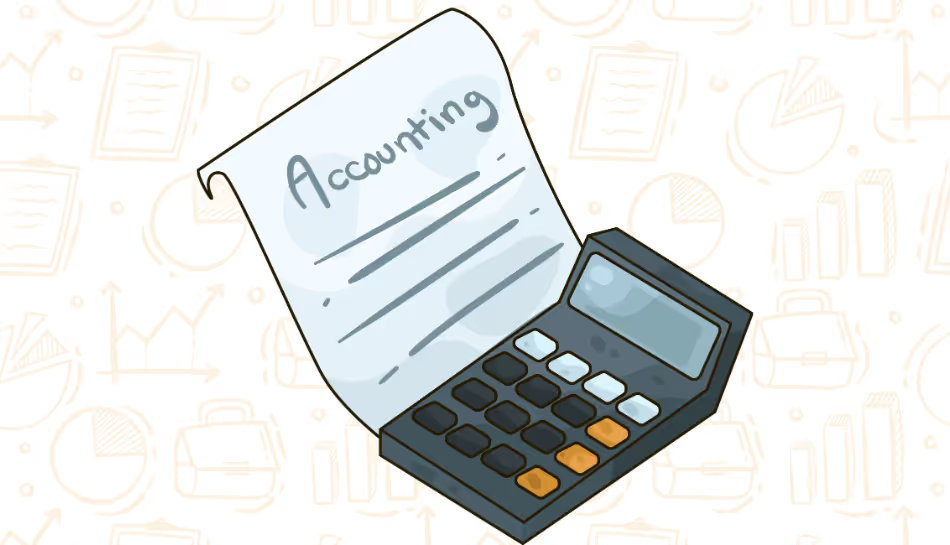
Managing money coming in and going out is one of the most important parts of running a business. To keep track of this, companies rely on two key accounting terms: accounts payable and accounts receivable. While they sound similar, they represent opposite sides of a company’s financial dealings. This guide will break down accounts payable vs receivable, highlight their differences, and explain why both matter for smooth business operations.
What is Accounts Payable and Receivable?
To understand the basics, let’s start with what is accounts payable and receivable:
- Accounts Payable (AP): This refers to the money a company owes to suppliers or vendors for goods and services purchased on credit. In simple terms, it is the company’s short-term liability. For example, if you buy office supplies worth ₹50,000 and agree to pay in 30 days, that amount is accounts payable.
- Accounts Receivable (AR): This represents the money owed to the company by its customers for goods or services delivered on credit. It is considered an asset because it shows future cash inflows. For example, if you sell products worth ₹80,000 to a client and allow them 45 days to pay, that amount becomes accounts receivable.
Both are vital for understanding the real financial position of a business.
Accounts Payable vs Accounts Receivable
When comparing accounts payable vs accounts receivable, the main difference lies in the direction of money flow.
- Accounts Payable → Money going out of the business (liability).
- Accounts Receivable → Money coming in to the business (asset).
In short, payable is what you owe, receivable is what you are owed.
Difference Between Accounts Payable and Accounts Receivable
Let’s make the difference between accounts payable and accounts receivable clearer with key points:
- Nature
- Accounts Payable: Liability
- Accounts Receivable: Asset
- Impact on Cash Flow
- Accounts Payable: Results in cash outflow when settled.
- Accounts Receivable: Leads to cash inflow when collected.
- Parties Involved
- Accounts Payable: Business owes money to suppliers or creditors.
- Accounts Receivable: Customers owe money to the business.
- Balance Sheet Placement
- Accounts Payable: Recorded on the liabilities side.
- Accounts Receivable: Shown on the assets side.
- Example
- Accounts Payable: Outstanding electricity bill of ₹10,000.
- Accounts Receivable: Customer invoice of ₹15,000 yet to be paid.
Understanding these differences helps businesses plan payments and collections more effectively.
Why Both Are Important
Both accounts receivable and accounts payable play a key role in managing working capital and cash flow:
- If accounts payable is too high, it may mean the company is relying heavily on credit and could face liquidity problems.
- If accounts receivable is too high, it may mean too much cash is stuck with customers, delaying operational funds.
A balanced approach is necessary. Businesses must pay vendors on time to maintain relationships, while also ensuring customers pay promptly to keep money flowing in.
Example for Easy Understanding
Imagine a small manufacturing company:
- It buys raw materials worth ₹2,00,000 on credit, payable in 60 days. This is accounts payable.
- It sells finished products worth ₹3,00,000 on credit, collectible in 45 days. This is accounts receivable.
At any point, the company must manage both, ensuring it has enough cash to meet outgoing obligations while collecting incoming payments.
Final Thoughts
When it comes to accounts payable vs accounts receivable, think of it as two sides of the same coin. One shows what you owe, the other shows what you are owed. Together, they provide a clear picture of your financial health, helping you plan expenses, collections, and future growth.
So the next time someone asks what is the difference between accounts receivable and accounts payable, you can explain it in simple terms: payables mean obligations, receivables mean income yet to be received. Managing both wisely is the foundation of a healthy business.

